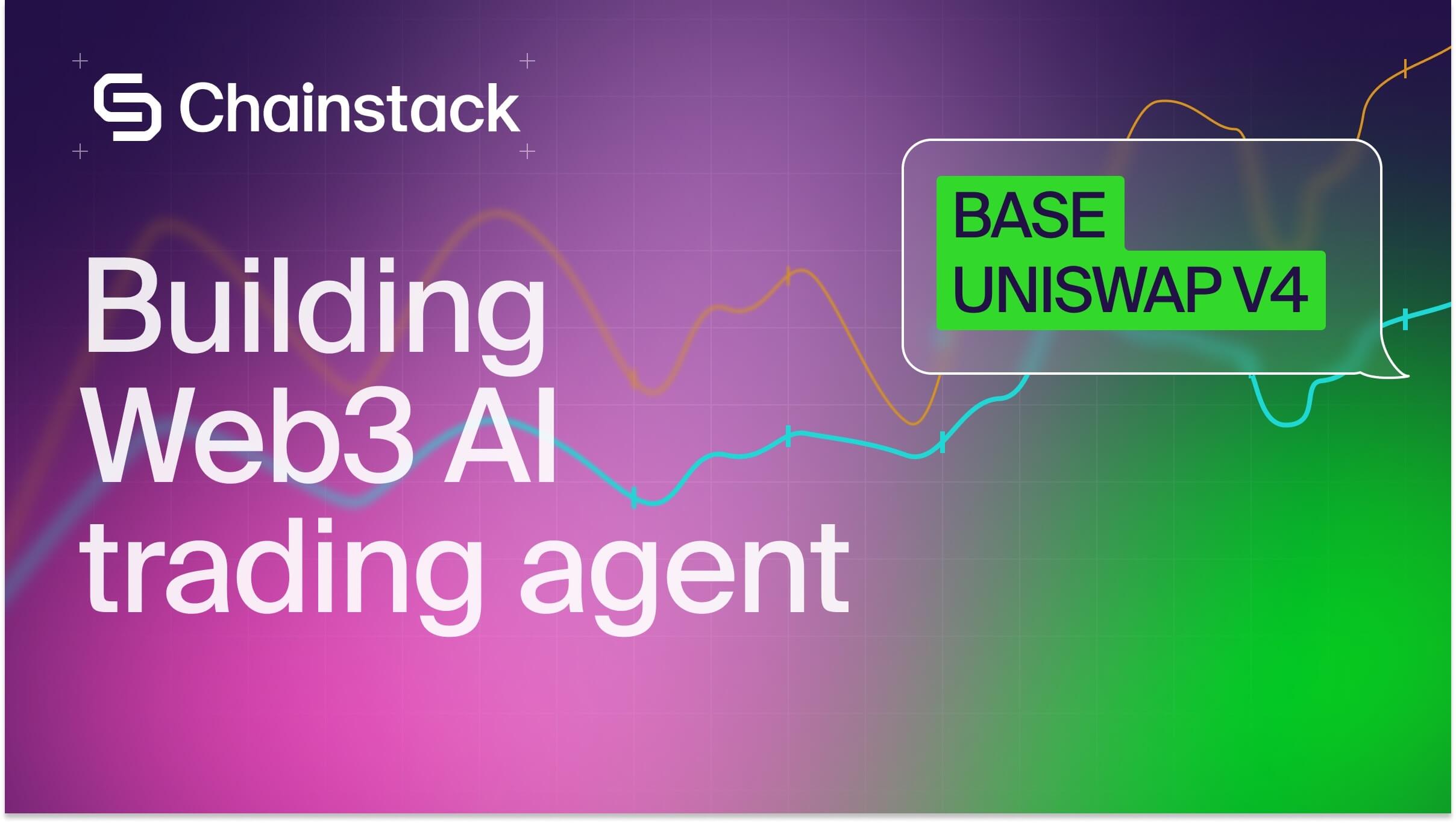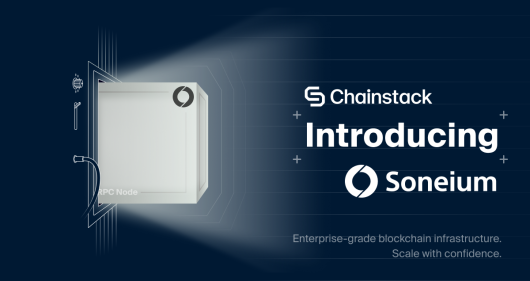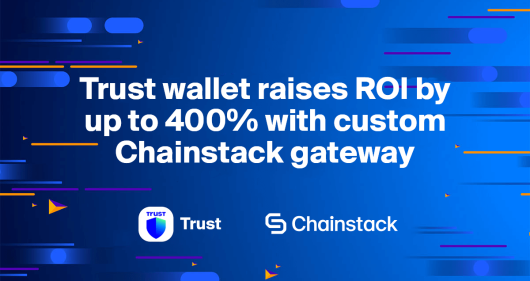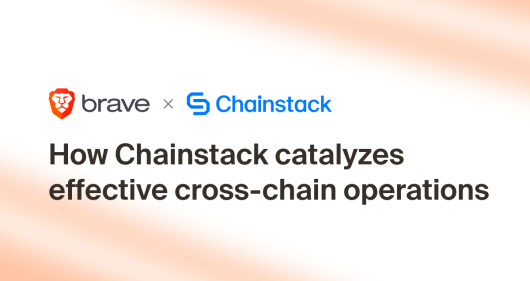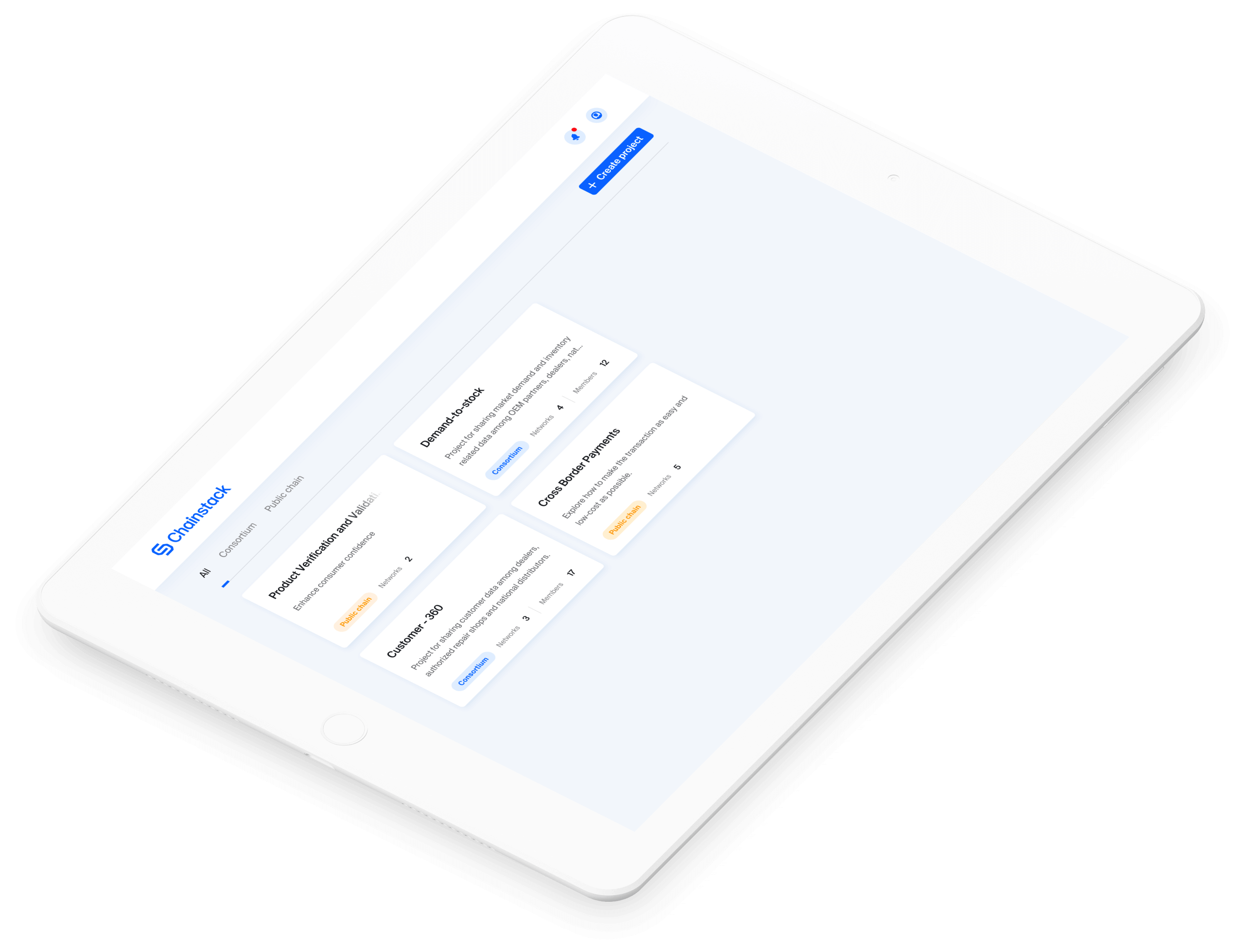TON: Master guide to custom wallet RPC endpoints

Welcome to the grand world of TON wallets. If you’re a Web3 developer passionate about pushing boundaries and leveraging the full potential of your technology, you’re in the right place.
At Chainstack, we aim to empower developers with profound technical know-how so you can unleash innovation without obstacles. This article is all about diving into the nuances of setting custom RPC endpoints for TON wallets, an adventure that makes them more flexible and tailored to your needs.
Let’s explore!
What are custom RPC endpoints?
Now, what exactly does customizing an RPC endpoint mean? RPC stands for Remote Procedure Call, a protocol that your TON wallet uses to communicate with the TON Network. By customizing the RPC endpoints, you essentially instruct your TON wallet where to send transaction requests, where to fetch data, and how to sync with the blockchain state.
Why is it crucial for you as a Web3 developer? Well, having the ability to set custom RPC endpoints can tremendously expand functionality. For instance, you can specify different endpoints for mainnet and testnet, manage load by distributing requests between different endpoints, or even set a custom endpoint that runs a modified version of the TON node.
Also, with Chainstack’s infrastructure, you can effortlessly retrieve the address of your RPC endpoint, translating to consistent, high-availability access to the TON network.
How to find your Chainstack RPC endpoint?
Before we delve into the specific processes entailed in setting RPC endpoints in different wallets, let’s first look at how to locate your Chainstack RPC endpoint.
- Go to the Chainstack console, where you manage all your blockchain projects.
- Navigate to the node details section.
- In the ‘Access and credentials’ section, you’ll find the Execution client HTTPS endpoint. This is your Chainstack RPC endpoint.
Now that you have your RPC endpoint at your disposal, let’s see how you can plug it into various TON wallets for expanded functionality.
Tonkeeper
As a Web3 developer diving into the TON environment, Tonkeeper wallet quickly maintains a palpable presence. A feature-rich palette awaits those who seek to modify and use custom RPC endpoints.
While Tonkeeper initially might not present an option to set custom RPC endpoints via its UI directly, do not get disheartened just yet. As open-source software, Tonkeeper is a developer’s delight and allows you to modify the RPC endpoint right from the source code. It emphasizes the ‘custom’ in ‘custom RPC endpoint’, bringing true flexibility to your hands.
You’re also presented with the opportunity to switch between different versions of wallet contracts, enhancing your developmental maneuvers. This is especially beneficial when testing different features or updates.
To switch to testnet mode, you simply access the Settings, enjoy an interactive game of clicking the Tonkeeper Web icon five times, and alter the active network. As simple as a Sunday morning!
MyTonWallet
MyTonWallet has quickly become a favorite of many Web3 developers thanks to its rich features and robust customizability. This open-source wallet paves the way for advanced modification, including setting custom RPC endpoints.
Though one might notice that the option to set this through the UI directly is missing, as an open-source wallet, you have the liberty to modify the source code, giving you direct control over the RPC endpoint modification.
When it comes to testing your DApps, MyTonWallet ensures smooth sailing. It supports switching between different versions of wallet contracts – a boon for testing different functionalities or staging an update.
Switching to testnet mode is no Herculean task either. Head over to the Settings, playfully click on the MyTonWallet label five times, and brace yourself for the joy of effortless network alteration.
OpenMask
OpenMask wallet stands apart among TON wallet options. Created with developers in mind, it not only stands as an open-source extension equivalent to MetaMask for TON, but it also offers the quintessential feature of setting custom RPC endpoints directly through its user interface.
Often the learning curve associated with code manipulation can be taxing. With OpenMask, you can manage your RPC endpoint and how your dApps interact with the TON network directly through the wallet settings – a great blend of convenience and efficiency.
Further amplifying its utility, OpenMask also supports swapping between different versions of wallet contracts—a blessing when testing or experimenting with different features.
Switching to testnet mode is made easy too. You can swiftly change the active network in the top menu of the wallet window.
TON Wallet
While the TON Wallet may not offer a host of flexibilities such as OpenMask or MyTonWallet, it doesn’t fall behind when it comes down to functionality and power. The TON Wallet stands firm as the original powerhouse among TON’s array, providing users with robust features.
Though you cannot set custom RPC endpoints directly through the user interface, the open-source nature of the TON Wallet allows you to get your hands dirty by modifying the RPC endpoint right in the source code. A detour that proves beneficial for developers hoping to harness their control with DApps.
It’s crucial to note that, unlike other wallets, the TON Wallet doesn’t support switching between different versions of wallet contracts. Although it may seem like a setback, this also ensures that the dynamic integrity of the wallet stays unaltered.
TON wallet comparison
When it comes to choosing the “right” wallet, it’s often about celebrating the strengths while appreciating the necessary trade-offs. In this world of TON-based wallets, Tonkeeper, MyTonWallet, OpenMask, and the TON Wallet each hold unique charms.
Both Tonkeeper and MyTonWallet are quite similar, requiring developers to modify the source code to set custom RPC endpoints. While this might appear as an overhead initially, the real magic is unveiled when you realize their potent capability of toggling between distinct versions of wallet contracts, giving you the versatility you need when testing different features or updates.
On the other hand, OpenMask sets itself apart with its user-friendly UI offering for setting custom RPC endpoints. It empowers developers to alternate between Mainnet and Testnet smoothly, and like Tonkeeper and MyTonWallet, it supports switching between different versions of wallet contracts. A manifestation of a balance between power and convenience, OpenMask stands strong.
Last but not least, the TON Wallet—staying true to its roots. Though it may not offer similar flexibilities as its counterparts, this direct-to-action, open-source wallet lets you straightaway tweak the RPC endpoint from the source code while ensuring dynamic integrity through a singular version of the wallet contract.
| Feature | Tonkeeper | MyTonWallet | OpenMask | TON Wallet |
| Custom RPC endpoint via UI | ❎ (Modify in source code) | ❎ (Modify in source code) | ✅ (Directly through UI) | ❎ (Modify in source code) |
| Switch wallet contract versions | Yes (Supports switching between versions) | Yes (Supports switching between versions) | Yes (Supports switching between versions) | ❎ (Only a singular wallet contract version) |
| Testnet mode | ✅ (Accessible by clicking Tonkeeper Web icon 5 times in settings) | ✅ (Accessible by clicking MyTonWallet label 5 times in settings) | ✅ (Accessible via top menu in the wallet window) | ✅ (Not supported directly via the UI) |
| Open-source | ✅ (Source code available for modifications) | ✅ (Source code available for modifications) | ✅ (Source code available for modifications) | ✅ (Source code available for modifications) |
| Main differentiator | Offers flexibility through source code modification and contract version switching | Provides rich features but requires manual source code modification for RPCs | Easy-to-use UI for setting custom RPCs and supports contract version switching | Stays true to original features, minimal UI, requires source code modifications |
Further reading
Expand your TON knowledge and development skills with these comprehensive Chainstack resources:
- TON tool suite: Learn how to interact with your Chainstack TON node and develop DApps.
- TON glossary: Get a better understanding of key TON terminology and its definitions.
- TON ultimate guide to APIs and interaction libraries: Explore the full range of TON APIs and interaction libraries available to developers with this guide.
- TON ultimate developer guide: Unlock TON development with this guide, packed with everything you need—from ready-to-use code snippets to advanced integration strategies.
- How to deploy a TON smart contract: Step-by-step guide to deploying a smart contract on TON, including setting up the environment and interacting with your deployed contract.
- How to develop TON fungible tokens (Jettons): Learn how to create and deploy fungible tokens on the TON network, covering the key components like the minter and wallet contracts.
- How to customize TON fungible tokens (Jettons): Discover how to add custom functionality to Jettons, including setting capped supply and token pricing.
- The ultimate guide to building DApps on Chainstack: Explore our ultimate guide covering protocol selection, API authentication, error handling, and more.
- Make your DApp more reliable with Chainstack: Learn how to use multiple Chainstack nodes with load balancer logic to make your DApp more performant and reliable.
Bringing it all together
Navigating the world of TON wallets doesn’t have to seem like cracking the enigma code. As we’ve unveiled in this comprehensive guide, each wallet comes with its own set of distinct features and flexibilities, catering to different needs and preferences among developers.
Whether you’re a fan of modifying source code or someone who prefers direct interface controls, wallets like Tonkeeper, MyTonWallet, OpenMask, and the TON Wallet offer a variety of options for setting custom RPC endpoints. Coupled with the ability to effortlessly fetch your Chainstack RPC endpoint, you’re well-equipped to achieve optimal network efficiency and drive your DApps to new heights.
Start building on TON with Chainstack!
Power-boost your project on Chainstack
- Discover how you can save thousands in infra costs every month with our unbeatable pricing on the most complete Web3 development platform.
- Input your workload and see how affordable Chainstack is compared to other RPC providers.
- Connect to Ethereum, Solana, BNB Smart Chain, Polygon, Arbitrum, Base, Optimism, Avalanche, TON, Ronin, zkSync Era, Starknet, Scroll, Aptos, Fantom, Cronos, Gnosis Chain, Klaytn, Moonbeam, Celo, Aurora, Oasis Sapphire, Polygon zkEVM, Bitcoin and Harmony mainnet or testnets through an interface designed to help you get the job done.
- To learn more about Chainstack, visit our Developer Portal or join our Discord server and Telegram group.
- Are you in need of testnet tokens? Request some from our faucets. Multi-chain faucet, Sepolia faucet, Holesky faucet, BNB faucet, zkSync faucet, Scroll faucet.
Have you already explored what you can achieve with Chainstack? Get started for free today.
 Ethereum
Ethereum Solana
Solana TON
TON Base
Base BNB Smart Chain
BNB Smart Chain Sui
Sui Unichain
Unichain Aptos
Aptos TRON
TRON Ronin
Ronin zkSync Era
zkSync Era Sonic
Sonic Polygon
Polygon Gnosis Chain
Gnosis Chain Scroll
Scroll Avalanche Subnets
Avalanche Subnets Polygon CDK
Polygon CDK Starknet Appchains
Starknet Appchains zkSync Hyperchains
zkSync Hyperchains











